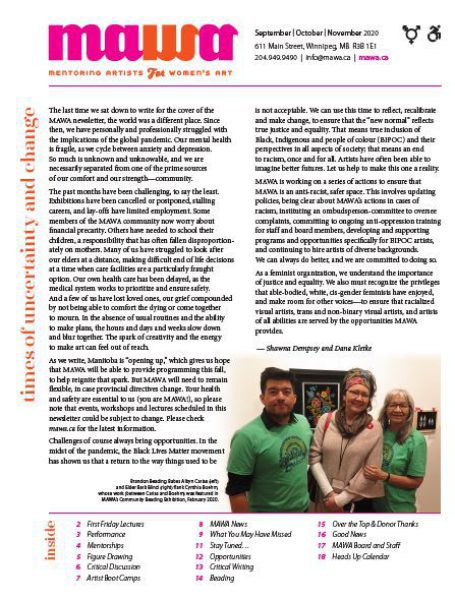
Instagram: Finding and Buying Art by Atreya Madrone
Art is revolutionary, reactive and community-focussed. It has served and continues to serve the world now in this time of change and upheaval.
With both a pandemic and uprisings against white supremacy taking place globally, it is more imperative than ever to seek out and support artists through purchasing and promoting their work. Social media are a resource in this endeavour, and Instagram is widely used by many incredible artists to promote their practices. This particular social media site has become a main source for promoting, finding and buying art, especially for younger folks. Discursively, Instagram has become a virtual space for identity creation and performance for all users, not just artists, hence its wide appeal. Because Instagram is a free, accessible platform and its reach is global, there is greater space and visibility for artists who have been and continue to be marginalized from more “traditional” art sharing and buying spaces. These artists include queer, trans and non-binary people; Black, Indigenous and People of Colour (BIPOC); women; emerging artists and all of the intersections among them.
Instagram features a massive range in types and styles of art, usually at more affordable prices. As a young person buying art, a free platform that lets me find marginalized artists and less expensive art makes Instagram an incredible resource.
It can feel daunting to figure out how to find new artists to follow and support, especially if you are new to Instagram or your current Instagram feed isn’t diversified. But there is good news! It is absolutely not difficult to do, and you can start by following all of the visual arts organizations in Winnipeg. Scroll through their posts and see which artists they have tagged and linked, but also be sure to search through who they follow. Here is where things get exciting: once you find an artist through an arts organization's Instagram, scroll through their posts and their follow list and keep going from there! Creating and sharing art is inherently grounded in community, and you’ll see that this is particularly true for marginalized artists, as artists will often link to and share each other’s work.
Some tips for white or other non-marginalized artists who are focusing on social justice movements: now is the time to actively decentre yourself and give back the space that was gained through systemic inequities. Any piece of your art that can be posted or showcased is an opportunity to link to BIPOC, queer, trans or non-binary artists. If you are selling art, make some reparations with the money earned, or make the art accessible for free. Do some research and listen to your community to find the best ways to support each other!
Art has always had a role to play in making change. From protest signs to face masks, art continues to be an essential outlet for discourse. Now is the time to reflect on our own experiences with finding and buying art.
Ted Mokonnen (Instagram: @tedmoko) is a local artist exemplifying the ways in which art disrupts and challenges binaries and systemic oppressions. In the description for Universium, Mokonnen writes: “This piece was intentionally created to seem gender-neutral while still exhibiting the beauty behind a gray area. Universium is painted with multiple colours and textures to represent their multi-faceted self. You may notice the only part that’s not coloured is the ear. This of course is subjective. To me, it means that Universium doesn’t let their ear get coloured, but rather, hears the information of the universe given to them and makes the best out of it. They are not tied down by worldly thoughts. They are independent. They are free!”
Normalize accessing art from different sources and buying art from marginalized artists. Build finding and buying art from these spaces into your everyday art habits. Bring your community with you by sharing what you know. Continue to learn, listen and support artists. Individuals are also revolutionary, reactive and community-focused.
Atreya Madrone is a Women’s and Gender Studies student at the University of Manitoba and former MAWA intern. Madrone is a white queer currently living on Treaty One Territory.

